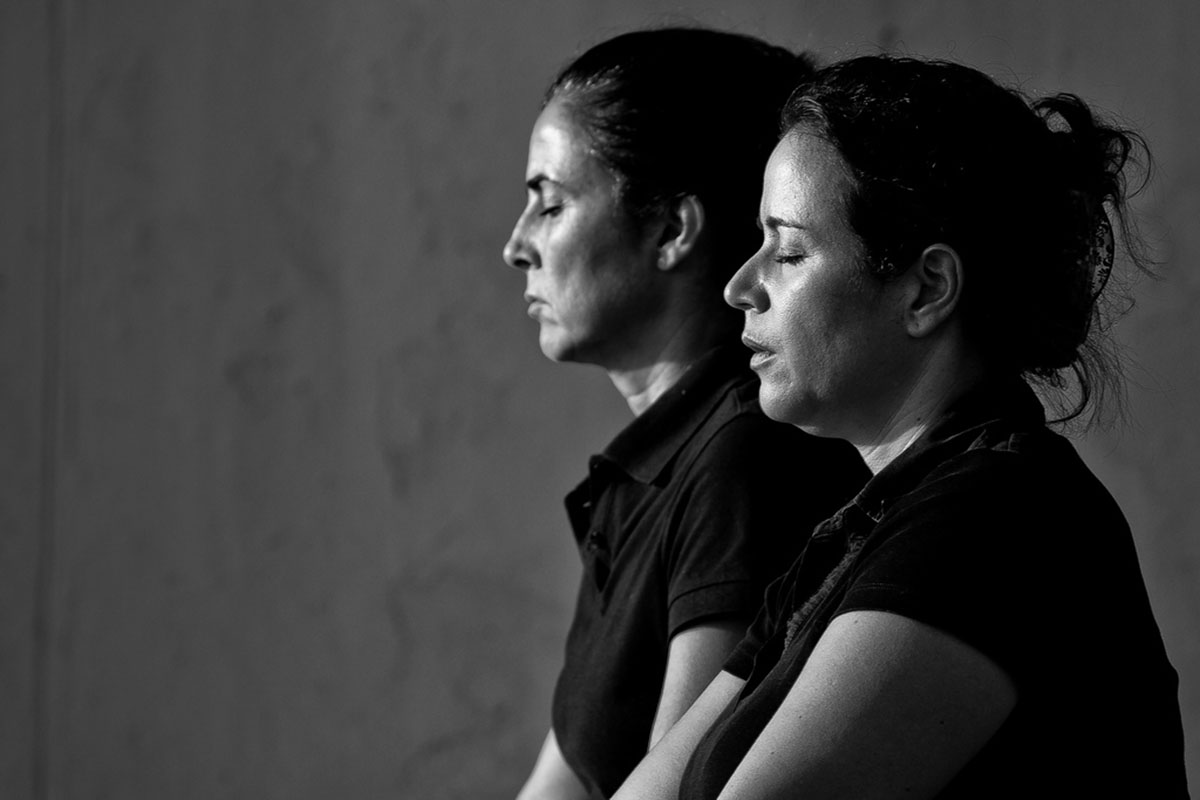Table of Contents
MediYoga was developed from kundalini yoga. In this "yoga of awareness," physical movement is just one of several tools for self-improvement, along with meditation, breathing, and chanting. Kundalini differs from hatha yoga in that it places less emphasis on the asanas (movements) and pranayama (breathing). MediYoga is developed specifically for people who have cardiovascular disease. Each session begins with five to ten minutes of deep breathing followed by just three movements (with attention to breathing during the movement), and then another ten minutes of meditation and ten minutes of relaxation. Usually the sessions are done seated in a chair, although they can be done standing up or even lying down. The entire session takes about an hour. MediYoga may be done as little as once a week, although patients are encouraged to use DVDs for at-home sessions.

In a study at Danderyd Hospital in Stockholm, researchers compared 40 A-fib patients who participated in yoga once a week for 12 weeks with 40 A-fib patients who did not. At the end of 12 weeks, the patients who did yoga at least once weekly:
- Had heart rate on average 9 beats per minute lower than the control group.
- Had systolic blood pressure on average 9 mm Hg lower than the control group.
- Had diastolic blood pressure on average 9 mm Hg lower than the control group.
- Scored higher on psychological tests measuring quality of life than they did at the beginning of the program. It turned out that more patients who had strokes or transient ischemic attacks were assigned to the yoga group than to the control group. However, at the end of 12 weeks, they were reporting the same quality of life, on average, as the group of patients who had not had as many strokes or transient ischemic attacks.
The patients in the yoga group also used fewer beta blockers and ACE inhibitors at the end of the study, although none of them went off medications completely.
The importance of lowering blood pressure is that inadequately controlled blood pressure contributes to attacks of A-fib. When blood pressure levels go down, incidents of atrial fibrillation become less frequent. When this can be done without medication, one also avoids the side effects of the medication. Lowering blood pressure can also decrease the need for blood thinners (anticoagulants), which often pose significant restrictions on diet and recreational activities and also cause serious side effects. Reducing heart rates reduces the risk of tachycardiomyopathy, the deterioration of the heart muscle during prolonged fast heart rate. If the study had been continued, researchers predict that yoga would have been found to prevent hospitalizations and death.
READ Yoga and Spiritual Awareness
Göran Boll (the developer of MediYoga) likes to say that yoga frees you from the drama your mind creates and allows you to be your true self, your healthy self. MediYoga is a way of taking control over a difficult and frustrating condition without taking still more medications. MediYoga instruction videos are now available in English and MediYoga instructors are being trained in the US. For more information about how to learn this simple technique at home, see the links after this article.
- Wahlstrom M, Rydell Karlsson M, Medin J, Frykman V. Effects of yoga in patients with paroxysmal atrial fibrillation - a randomized controlled study. Eur J Cardiovasc Nurs. 2016 Mar 14. pii: 1474515116637734. [Epub ahead of print] PMID: 26976659.
- Photo courtesy of Earl McGehee by Wikimedia Commons: en.wikipedia.org/wiki/Acroyoga#/media/File:AcroYoga_pose_Super_Yogi.jpg
- Photo courtesy of nicholas_t: www.flickr.com/photos/nicholas_t/6039529153/
- Photo courtesy of hernanpc: www.flickr.com/photos/hernanpc/8024393669/


Your thoughts on this